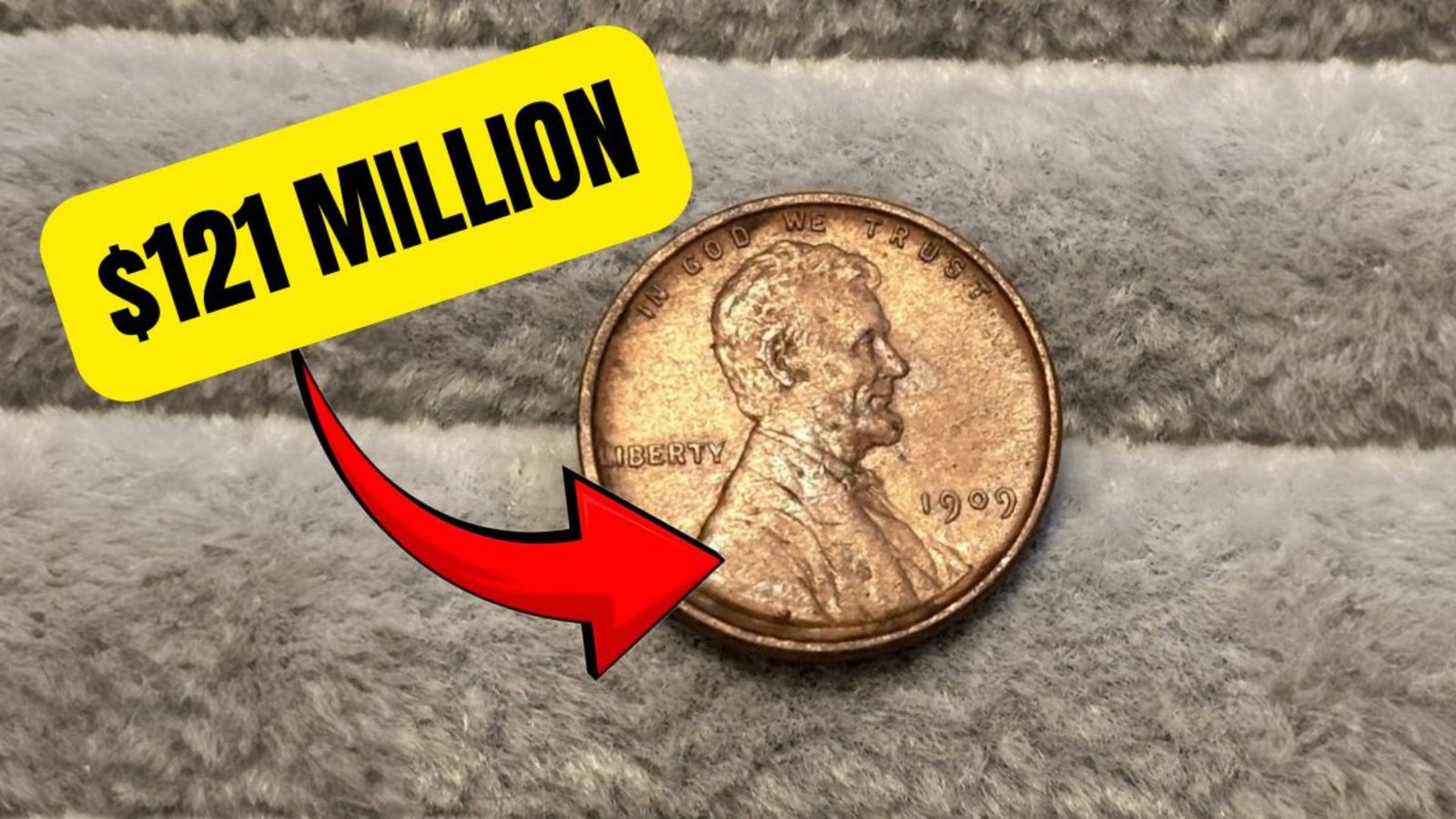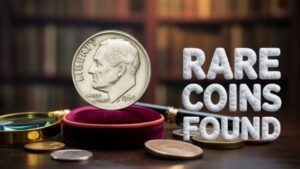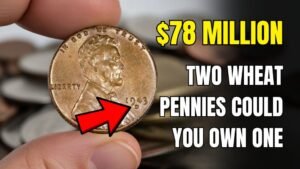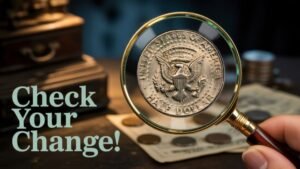Have you ever checked your pocket change for a rare coin? A Lincoln Wheat Penny valued at an astonishing $121 million might still be circulating, waiting to be discovered. This iconic penny, with its simple wheat stalk design, could turn a handful of change into a life-changing fortune. In this article, we’ll explore the history of the Lincoln Wheat Penny, why some are so valuable, and how you can spot one in your own pocket.
What Is the Lincoln Wheat Penny?
The Lincoln Wheat Penny is a U.S. one-cent coin minted from 1909 to 1958. Designed by Victor David Brenner, it features President Abraham Lincoln’s portrait on the front and two wheat stalks on the back, giving it the “Wheat Penny” nickname. While most of these pennies are worth just a cent, certain rare versions can fetch millions due to their scarcity, condition, or unique errors.
Why Are Some Lincoln Wheat Pennies So Valuable?
The value of a Lincoln Wheat Penny depends on several factors, including rarity, minting errors, and condition. Some pennies were produced in limited quantities or with mistakes that make them highly sought after by collectors. For example, a rare 1943 bronze Lincoln Wheat Penny sold for $1.7 million in 2010, and experts estimate that a pristine version could be worth up to $121 million today.
Here’s what makes certain Lincoln Wheat Pennies so special:
- Minting Errors: In 1943, pennies were supposed to be made of steel due to copper shortages during World War II. However, a few bronze pennies were accidentally minted, making them incredibly rare.
- Low Mintage Years: Some years, like 1909-S and 1914-D, had very few pennies produced, increasing their value.
- Condition: Coins in excellent condition, with sharp details and no wear, are worth far more than worn-out ones.
How to Spot a Valuable Lincoln Wheat Penny
Could you have a million-dollar Lincoln Wheat Penny in your change jar? Here’s how to check:
Step 1: Look at the Date and Mint Mark
The date on the penny is key. Focus on these rare years:
- 1909-S VDB: The designer’s initials (VDB) appear on the back, and only 484,000 were minted.
- 1914-D: Only 1.2 million were produced at the Denver mint.
- 1931-S: A low-mintage year with just 866,000 coins.
- 1943 Bronze: A rare error coin, as most 1943 pennies were made of steel.
Check for a mint mark under the date. A small “S” (San Francisco) or “D” (Denver) can make a big difference in value. No mint mark means the coin was minted in Philadelphia.
Step 2: Check for Errors
Look for unique mistakes, like:
- Double Die: The date or text appears doubled due to a minting error.
- Bronze 1943 Penny: If your 1943 penny isn’t silver-colored (steel), it could be the rare bronze version.
Step 3: Evaluate the Condition
A coin’s condition is graded on a scale from Poor (P-1) to Perfect Mint State (MS-70). Use a magnifying glass to check for wear, scratches, or discoloration. Coins in near-perfect condition are worth the most.
Step 4: Get It Appraised
If you think you’ve found a rare Lincoln Wheat Penny, take it to a professional coin dealer or grading service like PCGS or NGC. They can confirm its authenticity and value.
Most Valuable Lincoln Wheat Pennies
Here’s a table of some of the rarest and most valuable Lincoln Wheat Pennies to watch for:
| Year | Mint Mark | Estimated Value | Why It’s Valuable |
|---|---|---|---|
| 1909-S | VDB | $50,000–$2M+ | Low mintage, designer’s initials |
| 1914-D | D | $75,000–$1.5M+ | Extremely low mintage |
| 1931-S | S | $10,000–$100,000+ | Low mintage |
| 1943 | None/S/D | $500,000–$121M+ | Rare bronze error coin |
Where to Find a Lincoln Wheat Penny
You don’t need to be a coin collector to find a Lincoln Wheat Penny. These coins could still be in circulation, tucked away in:
- Loose Change: Check your pocket change, piggy banks, or cash registers.
- Coin Rolls: Buy rolls of pennies from banks and search through them.
- Inherited Collections: Old family coin jars or collections might hold treasures.
- Flea Markets or Estate Sales: Older coins often turn up at secondhand sales.
Tips for Coin Hunting
- Use a Magnifying Glass: Small details like mint marks or errors are easier to spot.
- Learn the Lingo: Terms like “mint state” or “double die” help you understand coin value.
- Join Coin Communities: Online forums or local coin clubs can offer tips and resources.
Why Collectors Love the Lincoln Wheat Penny
The Lincoln Wheat Penny isn’t just valuable—it’s a piece of American history. Minted during major events like the Great Depression and World War II, these coins tell a story. Their classic design and the thrill of finding a rare one make them a favorite among collectors.
Fun Facts About the Lincoln Wheat Penny
- The 1909-S VDB penny caused a stir because the designer’s initials were too prominent, leading to their removal in later years.
- Only about 40 bronze 1943 pennies are known to exist, making them one of the rarest U.S. coins.
- The Lincoln Wheat Penny was replaced in 1959 by the Lincoln Memorial Penny to mark Lincoln’s 150th birthday.
How to Sell a Valuable Lincoln Wheat Penny
If you find a rare Lincoln Wheat Penny, here’s how to cash in:
- Get It Graded: Professional grading services like PCGS or NGC will certify its condition and authenticity.
- Find a Buyer: Auction houses, coin dealers, or online platforms like eBay are great options.
- Know the Market: Check recent sales of similar coins to set a fair price.
- Protect Your Coin: Store it in a protective holder to maintain its condition.
Could You Be Holding a Fortune?
The next time you empty your pockets, take a closer look at those pennies. A Lincoln Wheat Penny worth millions could be hiding in plain sight. By learning what to look for—rare dates, mint marks, and errors—you could uncover a treasure that changes your life. Start searching today, and who knows? Your pocket change might just make you a millionaire!




